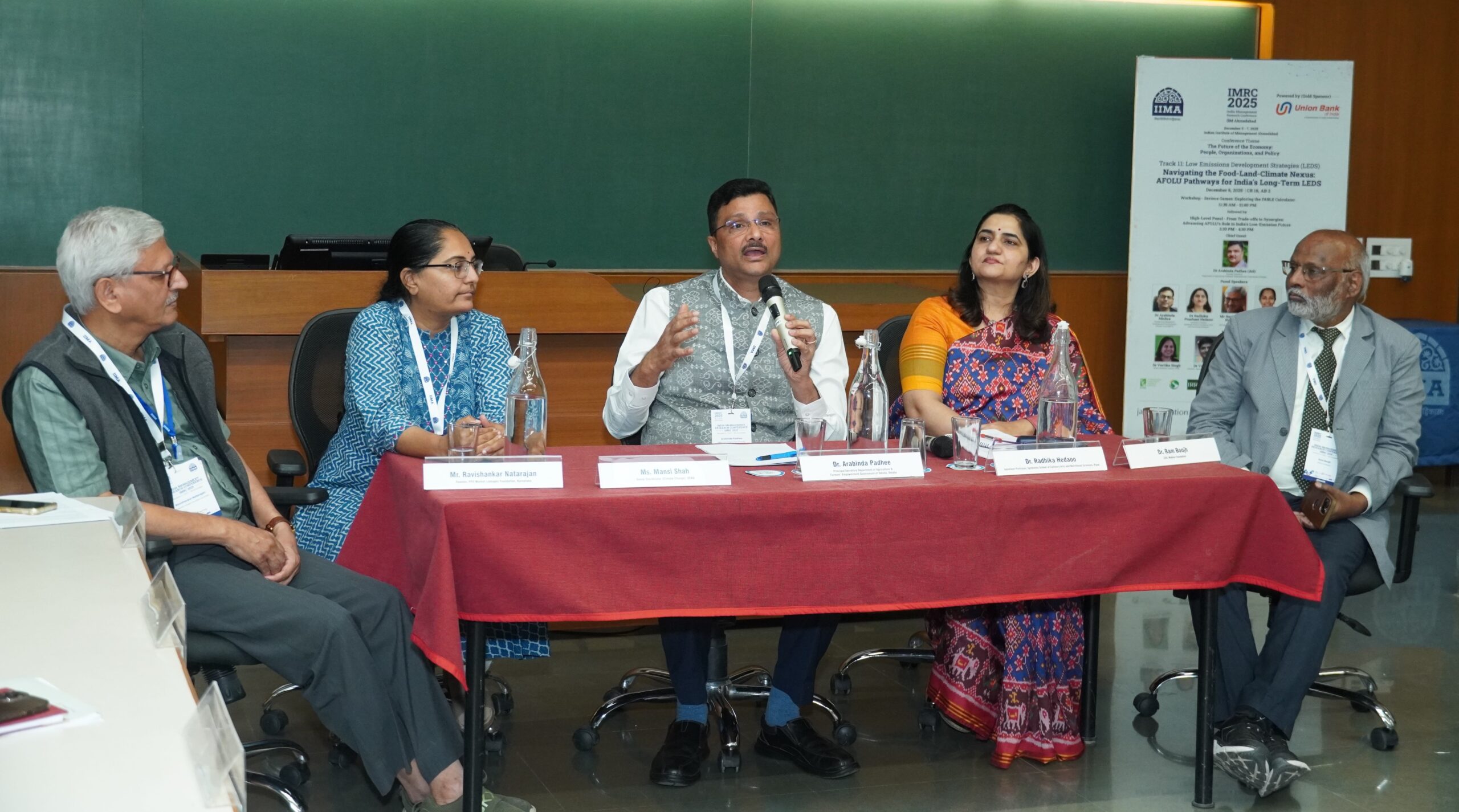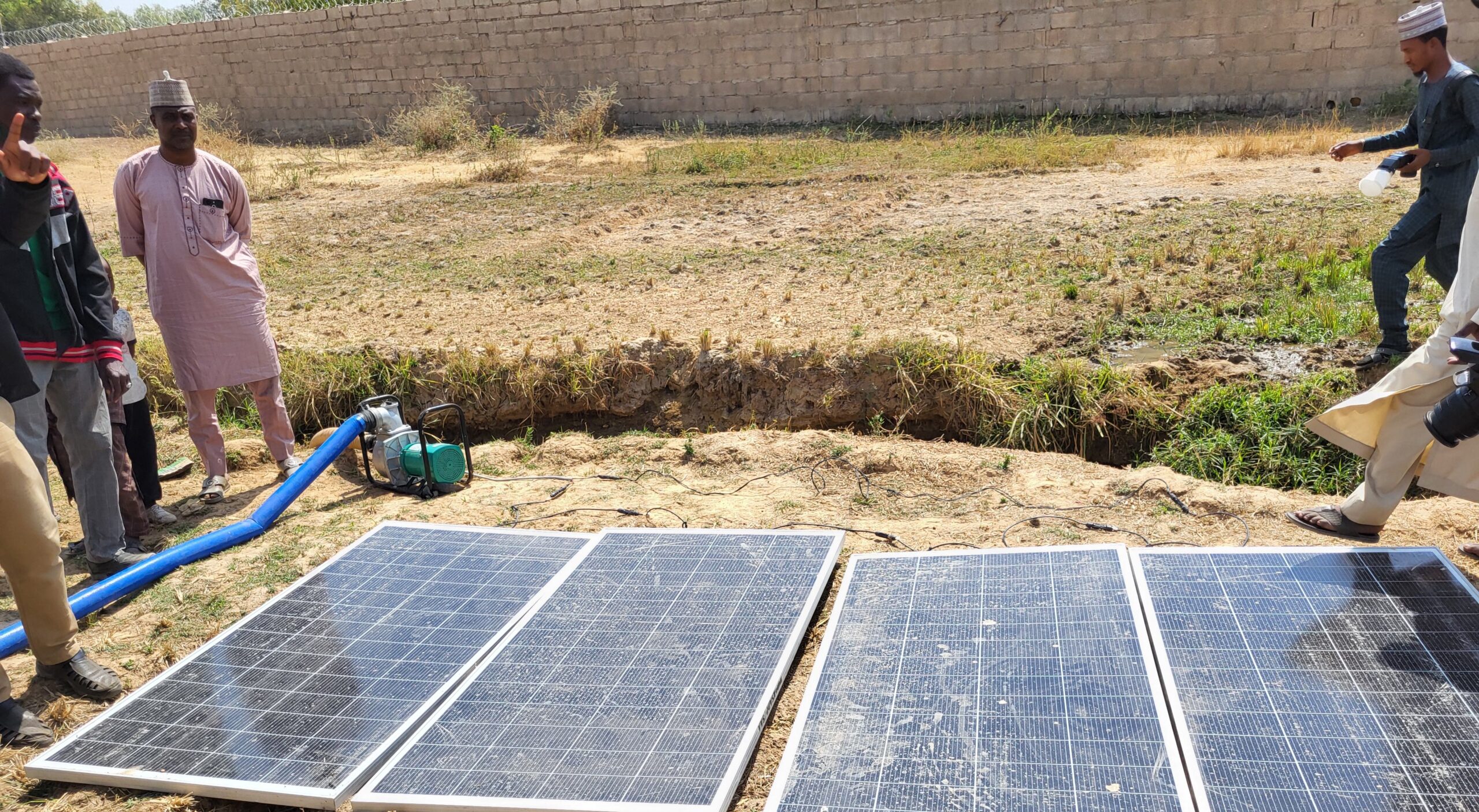Globally, childhood chronic undernutrition is a major public health concern and can lead to low height-for-age, also known as stunting or linear growth faltering. When children’s growth falls short for their age, it can have profound implications on their development and future contributions to society. During the 20th century, strategies to improve water and sanitation access—including household water treatment and pit latrines—emerged as promising avenues for addressing undernutrition. WASH (Water, Sanitation, and Hygiene) is essential for preventing undernutrition by promoting cleanliness and reducing disease transmission, and thus helping to ensure proper nutrient absorption and utilization. However, WASH interventions have had mixed success. Notably, their capacity to fully shield children from harmful pathogens is limited.
Small-scale randomized trials across diverse regions have produced inconclusive findings on the links between WASH and undernutrition, meaning more large-scale and comprehensive research strategies may be needed. China is an important case in point. According to World Bank data, China lowered child stunting, the most extreme indicator of undernutrition, from 38% in the 1980s to under 5% by 2020—a period of sustained investment in water, sanitation, and energy (collectively, environmental sanitation) infrastructure.
Our recent paper in Nature Water (co-authored with Jessica Kaminsky, now of North Carolina State University) evaluates the associations between improvements in environmental sanitation and reductions in undernutrition. Using nine rounds of the China Health and Nutrition Survey, we examined effects of China’s WASH infrastructure investments on the well-documented physical growth of its children and adolescents from 1989-2011.
Our analysis revealed a significant nexus between WASH infrastructure and height. It showed that China’s progress in water, sanitation, and energy may collectively explain 15% of the decline in the country’s linear growth faltering during the study period.
This progress was primarily associated with reductions in household air pollution related to the use of cleaner cooking fuels, large-scale removal of human excreta from community settings potentially linked to increased community toilet coverage (% of households within a community who have access to toilets), and reductions in household human and animal fecal contamination connected to improvements in household toilets and excreta management.
These results suggest ways that practitioners and policymakers tackling undernutrition can incorporate a focus on infrastructure into holistic approaches. Such interventions should be:
Multi-pronged: Melding water, sanitation, and energy infrastructure investments with nutrition-specific interventions.
Community-engaged: Advocating for community-led sanitation campaigns that harmoniously integrate animal feces management, particularly in contexts where these materials serve as cooking fuel.
Focused on household-level sanitation: Supporting community-wide availability and use of household toilets that enable on-site treatment and safe reuse of excreta.
Focused on sources of household air pollution: Mitigate indoor air pollution that originates from myriad sources, including building materials, ventilation, and fuels for lighting and heating.
The paper’s findings also suggest avenues for future research on undernutrition and environmental sanitation, including:
Ecological impact: We found some evidence of a relationship between community piped water coverage and linear growth, and further analysis is needed to clarify the wider ecological implications of community-level piped water coverage, including the associated externalities and interdependencies.
Pathways of impact from water: We found piped water to possibly be more important than treated water for reducing growth faltering, while other published evidence suggests the opposite. More studies are needed to elucidate the mechanisms through which water quality and quantity interface with linear growth faltering at both household and community levels.
Threshold effects: The paper suggests there may be a cut-off point, or threshold, below which the benefits from cleaning up community-level excreta taper off. There is little consensus on threshold effects in the published literature, and future research should synthesize disparate evidence on threshold effects to help clarify the scale of community sanitation interventions required to benefit growth.
Suman Chakrabarti is an Associate Research Fellow with IFPRI’s Nutrition, Diets, and Health Unit, based in New Delhi; Leigh Hamlet is a PhD candidate at the University of Washington.







